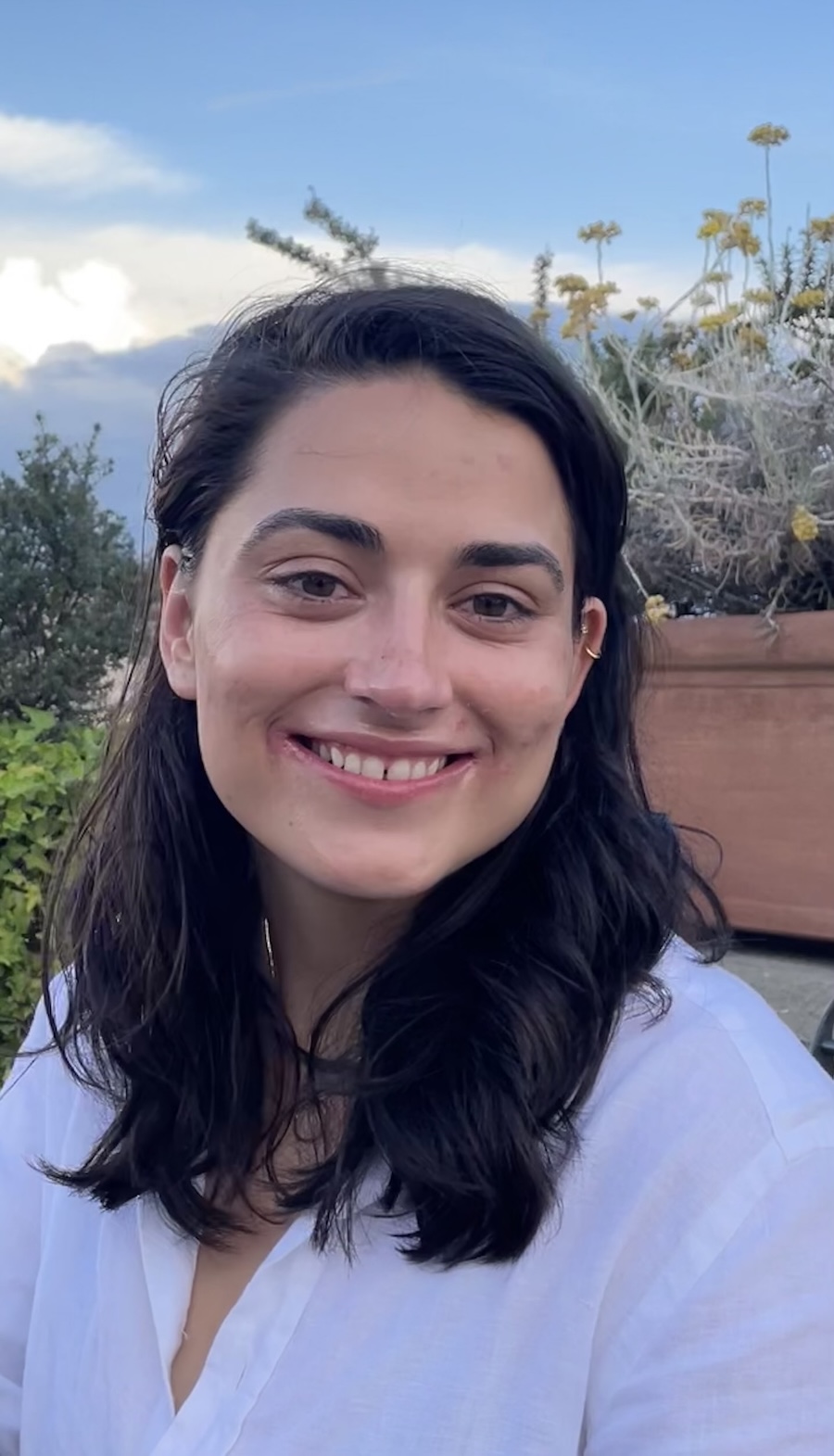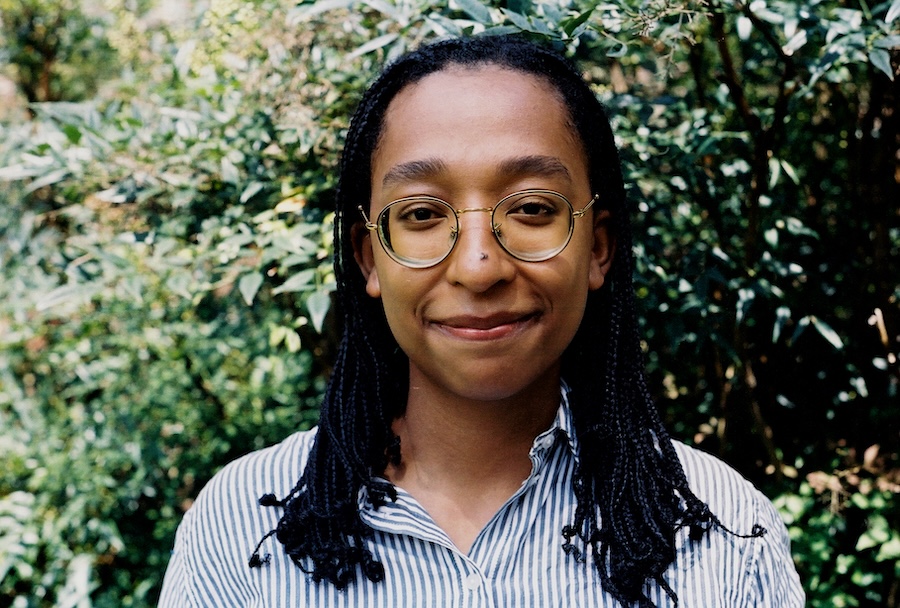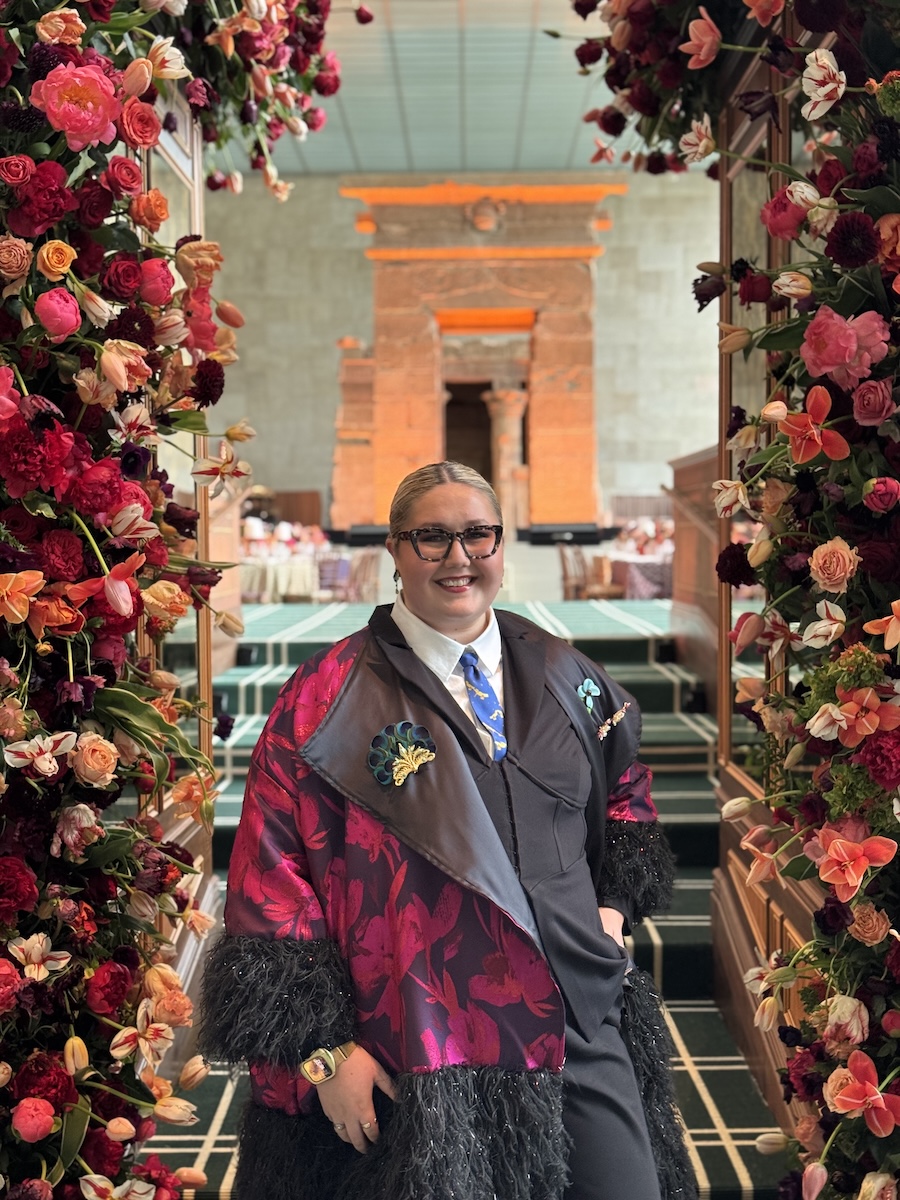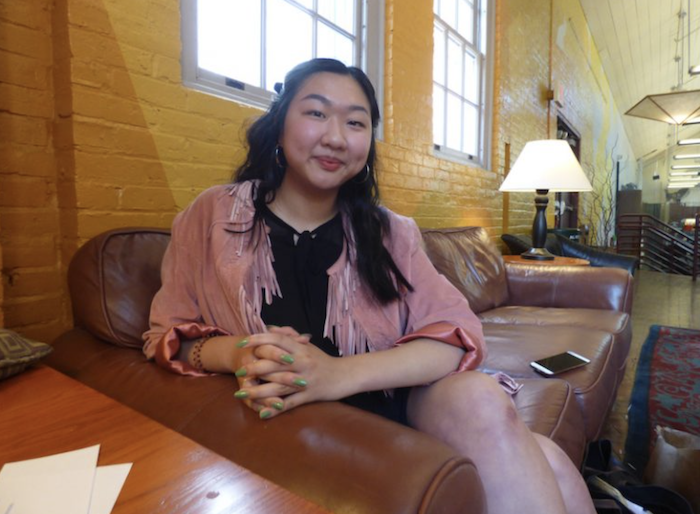What have you been up to since graduating from Bowdoin?
Since graduation, I have worked at several art museums and continued my studies in art history. Immediately after Bowdoin, I held a one-year post-bac position at the Clark Art Institute, working with the director to learn about the administrative and operational functions of art museums. Following my year at the Clark, I entered the graduate program in art history at Williams College, where I continued to explore academic interests initially developed at Bowdoin, including early modern studies and technical art history. During my time at Williams, I worked closely with the Williams College Museum of Art, the department of art history, and the department of studio art, focusing on object-based teaching for undergraduates and interdisciplinary research.
After graduating from Williams, I began working with The Metropolitan Museum of Art's fellowship program at to gain a closer look at how the fellows study the collection and apply object-based research in professional and academic settings. I am currently the associate for administration for Egyptian art at The Met, where I am part of the collections management team for Egyptian art and manage research-related requests, gallery projects, and programs. I serve as the main department liaison for the Temple of Dendur gallery and oversee department activity in the space, especially for infrastructure updates and large-scale events, including the Costume Institute Benefit (The Met Gala).
Why art history?
I started out at Bowdoin fully convinced I would be majoring in biochemistry and spent most of my first year focused on STEM courses. In the spring semester of my first year, I decided to take my first art history course with Associate Professor of Art Emerita Susan Wegner on Art of the Ancient Americas. I later took her seminar on Spanish Baroque painting in my sophomore year and was completely hooked on the discipline. It made me nervous, as I had already invested so much time in one direction and worried about experiences or opportunities I might have missed. In reality, I made the right decision at the right time for me. Looking back, I appreciated the flexibility and dynamism that art history naturally allows, though the decision to switch degrees took time and many conversations with faculty, staff, and friends.
I still wanted to incorporate my chemistry background into my art historical work, and through a joint fellowship with the art history department and the Bowdoin College Museum of Art, I joined a student team along with Stephen Pastoriza ’19 and Benjamin Wu ’18, working on the Molinari Collection of portrait medals at the museum with Co-Director Anne Collins Goodyear. Our work spanned the rest of my time at Bowdoin, and I coordinated metallurgical analysis of some of the works, developed a catalogue raisonné for one of the medalists, and co-curated the exhibition A Handheld History: Five Centuries of Medals from the Molinari Collection at Bowdoin College.
Ultimately, following the interdisciplinary path of the art history and visual arts degree didn’t feel like a conscious decision; it happened naturally, and my work in both disciplines flourished. At one point, I even submitted master copies of paintings for my art history final papers, and once left a still-wet copy of Winslow Homer’s Weaning the Calf at Dana Byrd’s door, which still makes me laugh at how the hallway smelled of paint and procrastination.
What advice would you give to current students or recent graduates interested in your field?
I was a first-generation college student and entered Bowdoin as a QuestBridge match. Naturally, you approach each experience with a level of imposter syndrome and anxiety over doing the “right” or “wrong” things. Lean into the relationships you are building at Bowdoin. It was through the encouragement of faculty, staff, and friends that I am where I am today. Many things they told me have stuck with me, and one I want to pass on is that “90 percent of being in this field is showing up.”




